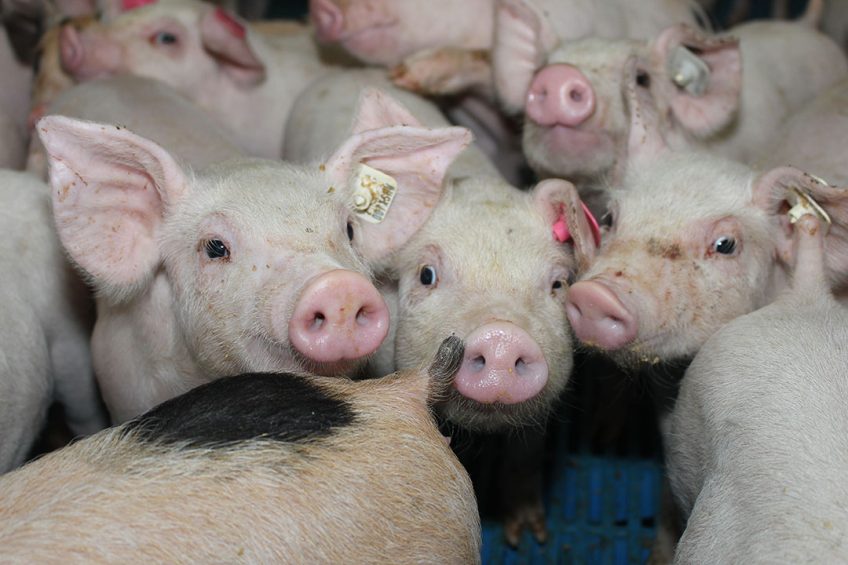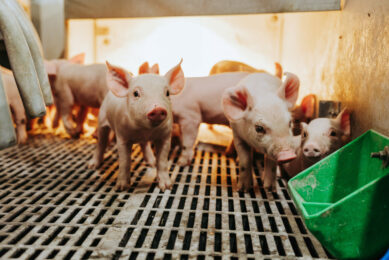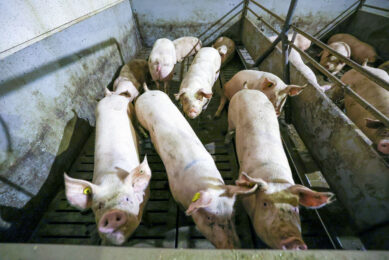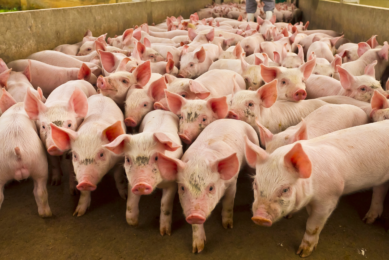Measuring the effectiveness of swine barn air filters

As airborne diseases affect pig farms worldwide, many farmers have invested in swine barn air filters. How can their effectiveness be measured?
A team of researchers at the University of Minnesota has been working hard to answer that question. Led by Montserrat Torremorell, DVM, PhD, the team made a considerable effort to establish the best method for detecting and extracting captured virus particles from swine barn filters. After all, understanding what goes on in the barn is key to improving disease control efforts.
Confirming circulating strains of swine viruses
The study, funded by the Swine Disease Eradication Center (see box), was published in the peer-reviewed Journal of Aerosol Science. The study found that grinding used filters with liquid nitrogen and using the chemical solvent TRIzol to extract viral genetic material worked best, and this furthermore allowed them to confirm circulating strains of virus trapped in filters at barns where herds remained uninfected.
That led to new insights, as the confirmed presence of particles of Porcine Reproductive and Respiratory Syndrome virus (PRRSv) and influenza A (IAv) reflects likely evidence of virus spread in air particles between herds.
In the abstract of the scientific publication, the authors wrote that PRRSv was detected in 27% and IAv was detected in 66% of filters that had been in installation between December 2013 and December 2017. They wrote: “Interestingly, PRRSv was also detected on used filters from farms with PRRSv negative status at the time of filter removal. Presence of PRRSv and IAv in the used filters show likely evidence of between herd aerosol spread for these viruses.”

PRRS and influenza: Costly pig diseases
Airborne diseases such as PRRSv and IAv pose major challenges for pig farmers worldwide, costing the industry hundreds of millions of dollars a year. The removal and characterisation of virus particles trapped in filters is a step towards a better understanding of the effectiveness of swine barn air filters. More research, however, needs to be conducted before this technique can be applied. The researchers concluded that the methods derived from this study “open up avenues to further investigate airborne transmission and risk of virus introduction into farms.”

More from the University of Minnesota: A study to water quality
The article in the Journal of Aerosol Science was authored by Jayaveeramuthu Nirmala, Gabriella Alves, Carles Vilalta, My Yang, Aaron Rendahl, Bernard Olson and Montserrat Torremorell, all attached to the University of Minnesota, Minneapolis/St Paul, MN, United States.
The Swine Disease Eradication Center
The Swine Disease Eradication Center (SDEC, University of Minnesota) started in 2001 as a faculty driven initiative to establish a research and extension centre that addresses one of the main issues in swine production, which is the control and eventual elimination of diseases that affect swine productivity or that constitute potential risks for humans. The SDEC also responds to the changing environment for a more sustainable and accountable model to conduct research with greater responsiveness to emerging issues and accountability to industry partners.











